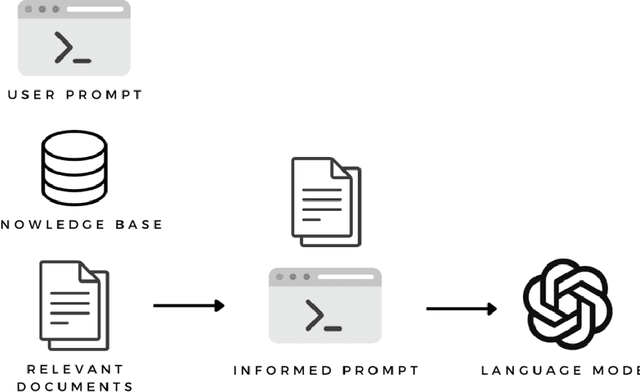Mark Connor
Amplifying Limitations, Harms and Risks of Large Language Models
Jul 06, 2023Abstract:We present this article as a small gesture in an attempt to counter what appears to be exponentially growing hype around Artificial Intelligence (AI) and its capabilities, and the distraction provided by the associated talk of science-fiction scenarios that might arise if AI should become sentient and super-intelligent. It may also help those outside of the field to become more informed about some of the limitations of AI technology. In the current context of popular discourse AI defaults to mean foundation and large language models (LLMs) such as those used to create ChatGPT. This in itself is a misrepresentation of the diversity, depth and volume of research, researchers, and technology that truly represents the field of AI. AI being a field of research that has existed in software artefacts since at least the 1950's. We set out to highlight a number of limitations of LLMs, and in so doing highlight that harms have already arisen and will continue to arise due to these limitations. Along the way we also highlight some of the associated risks for individuals and organisations in using this technology.
Large Language Models in Sport Science & Medicine: Opportunities, Risks and Considerations
May 05, 2023
Abstract:This paper explores the potential opportunities, risks, and challenges associated with the use of large language models (LLMs) in sports science and medicine. LLMs are large neural networks with transformer style architectures trained on vast amounts of textual data, and typically refined with human feedback. LLMs can perform a large range of natural language processing tasks. In sports science and medicine, LLMs have the potential to support and augment the knowledge of sports medicine practitioners, make recommendations for personalised training programs, and potentially distribute high-quality information to practitioners in developing countries. However, there are also potential risks associated with the use and development of LLMs, including biases in the dataset used to create the model, the risk of exposing confidential data, the risk of generating harmful output, and the need to align these models with human preferences through feedback. Further research is needed to fully understand the potential applications of LLMs in sports science and medicine and to ensure that their use is ethical and beneficial to athletes, clients, patients, practitioners, and the general public.
Optimizing the Parameters of A Physical Exercise Dose-Response Model: An Algorithmic Comparison
Dec 16, 2020



Abstract:The purpose of this research was to compare the robustness and performance of a local and global optimization algorithm when given the task of fitting the parameters of a common non-linear dose-response model utilized in the field of exercise physiology. Traditionally the parameters of dose-response models have been fit using a non-linear least-squares procedure in combination with local optimization algorithms. However, these algorithms have demonstrated limitations in their ability to converge on a globally optimal solution. This research purposes the use of an evolutionary computation based algorithm as an alternative method to fit a nonlinear dose-response model. The results of our comparison over 1000 experimental runs demonstrate the superior performance of the evolutionary computation based algorithm to consistently achieve a stronger model fit and holdout performance in comparison to the local search algorithm. This initial research would suggest that global evolutionary computation based optimization algorithms may present a fast and robust alternative to local algorithms when fitting the parameters of non-linear dose-response models.
 Add to Chrome
Add to Chrome Add to Firefox
Add to Firefox Add to Edge
Add to Edge